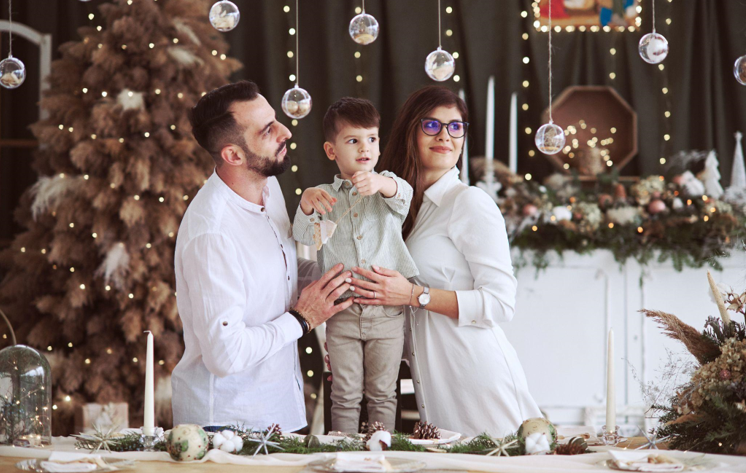The Roots of Artificial Christmas Trees in Medieval Times
Artificial Christmas trees have come a long way since their earliest predecessors in medieval times. Back then, people used to decorate evergreen boughs and holly branches during the winter solstice to celebrate the rebirth of nature and ward off evil spirits. Over time, these pagan rituals merged with Christian traditions, and the Christmas tree as we know it today emerged in Germany in the 16th century.
At first, Christmas trees were live or cut trees brought inside the house and decorated with candles, fruits, and ornaments. However, the practice was not widespread until Queen Victoria and her German prince consort Albert popularized it in the 19th century. Victoria commissioned an artist to illustrate her family’s Christmas celebrations, which featured a decorated tree, and it became a sensation across the British Empire and beyond.
The rise of artificial Christmas trees among kings and queens
As the popularity of Christmas trees grew worldwide, so did the demand for artificial trees that could last longer and be reused year after year. The first artificial trees were made of feathers, wire, and goose feathers and were produced in Germany in the 1880s. However, they were expensive and primarily used by wealthy families and royalty, who could afford to import them from Europe.
In the early 20th century, artificial trees became more affordable and accessible to the masses, thanks to advancements in manufacturing and technology. By the 1930s, the US had become the world’s leading producer of artificial trees, with companies like Addis Brush, National Tree Company, and the Aluminum Specialty Company leading the market.
Today, artificial Christmas trees come in all shapes, sizes, and materials, from PVC and PE plastic to metallic and fiber-optic branches. They are also more environmentally friendly than live trees, as they do not require water, pesticides, or fertilizers, and they can be recycled or donated after use.
Conclusion:
From humble pagan roots to royal halls and modern homes, the artificial Christmas tree has transformed remarkably over the centuries. Whether you prefer live or artificial trees, the holiday season would only be complete with them. As we continue celebrating this festive tradition, remember its rich history, cultural significance, and enduring appeal to people of all ages and backgrounds.




